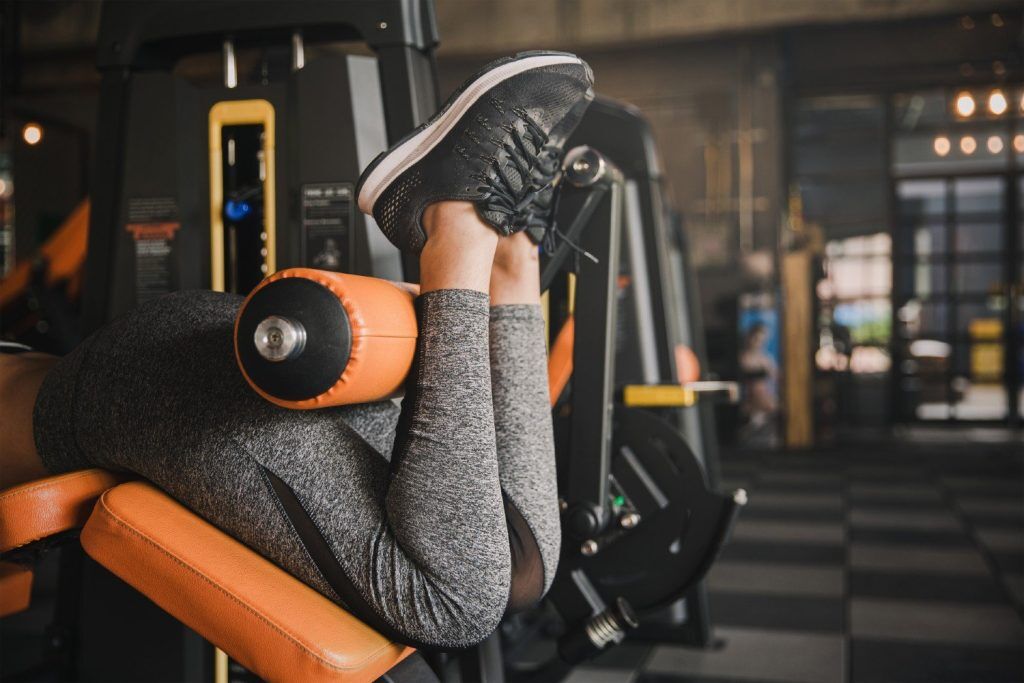
Do You Need to Go Back to the Gym?
After a year in lockdown, the majority of the country has probably forgotten what training in a gym actually feels like. With many taking up running, exercising at home, or participating in virtual classes. The question is, do you need to go back to the gym?
Do You Need to Go Back to the Gym?
Whether you need to go back to the gym or not largely depends on what your goals are. If you are looking to lose a bit of weight, then working out at home may suit you just as well. However, if you are looking to build muscle then the gym may be ideal.
For many people, a hybrid approach which combines exercising once or twice per week in the gym and once or twice at home or outdoors may be preferable.
The State of the Fitness Industry Post-COVID
No industry survives when people feel obligated to pay out of kindness, and gyms should not expect any different. But it would be wrong not to point out that the absolute last thing that gyms need right now is for half their members to leave, after somehow surviving on zero income for months.
So, we will not be advocating a zero-gym approach. Gyms are wonderful places that employ hundreds of thousands of people, and the value for money for most gyms is incredible. For as little as £20 per month, you have unlimited access to their facilities. That is amazing value.
When people talk about “supporting local” they are often thinking about small coffee shops, pubs, and independent stores. They rarely mean gyms. But why not? Many gyms up and down the country are locally owned, and even the big commercial gyms provide an income for many employees.
If you have the income that can support your gym membership, then please consider staying with them. A hybrid approach where you train half of the time at the gym and half the time at home will still ensure that your gym can remain open, while giving you the best of both worlds.
At the end of the day though, it really is up to you how you spend your money, and a gym membership may not be necessary.
 The Downsides of Going Back to the Gym
The Downsides of Going Back to the Gym
Not everyone needs the gym, and thanks to the change of circumstances we all experienced in 2020, we now have a greater knowledge of the variety of options available to us.
- Virtual workouts subscription services
- Virtual reality workout programs for cycling or running such as Zwift
- Online coaching
- Outdoor bootcamps
The immediate benefits of a lot of these is that they are much easier to socially distance from others. But once the majority of the country has been vaccinated this should no longer be an issue.
After that, most of the benefits relate to being able to exercise at home (no travelling to the gym, no struggling to find a locker, or having to wait for equipment to become available).
Some women may feel more comfortable training at home, something that the Me Too movement has highlighted.
The Benefits of Going Back to the Gym
There is a reason why gyms have been growing in popularity since the 70s, they are amazing places to get stronger, lose fat, make friends, and learn more about fitness and nutrition.
If you are looking to burn fat, then gyms offer you the best opportunity. If you are looking to build muscle, then no place on earth will get you better results than a gym. If you are looking to become more athletic, more flexible, and reduce your risk of injuries, then gyms are the place to go.
Home gyms are fun, and if you have the space and money, they are a great alternative to commercial gyms. But for 99% of the population this is a completely unrealistic situation. Gyms can afford large, expensive, pieces of fitness equipment that are impractical for a single person to purchase.
- Squat racks
- T-Bar rows
- Bench Presses
- Commercial treadmills (more powerful than home treadmills)
- Spin bikes
You could probably purchase one or even two pieces of equipment, but all of them? Very unlikely. Equipment isn’t necessary for everyone, but at a certain point most people will begin to outgrow bodyweight workouts and become bored.
Training at home is great for chest development (push ups), and decent for legs and abdominals. But training your back can be a challenge, as can shoulders and biceps.
It can also get a bit boring. Leg presses are a lot more fun than bodyweight squats; incline bench press is more enjoyable than push ups.
You’ve also got classes, personal trainers, gym buddies, and even just random people in the gym who can help you when you are bored or need some assistance with a lift. That communication and cooperation is very underrated, and thanks to lockdown a lot of people have forgotten how enjoyable it can be.
 The Hybrid Approach
The Hybrid Approach
Combining home workouts and gym workouts is a really good idea. Allowing you the best of both worlds. It can also be a lifeline to gyms during the first few months after lockdown, where there will most likely be limitations on how many people can be in the gym at any one time.
Going forward, maybe a nice run outdoors or a virtual HIIT class might be better than travelling all the way to the gym just to climb on a treadmill.
It would probably be in everyone’s interests for gyms to rely less on such cumbersome machines. Gym based cardio has its uses, but do we really want to get back to a period where people are queuing up just to climb on a treadmill? Probably not.
Getting your weights in at the gym and your cardio done outside of it could be an absolute gamechanger for many people.



 The Downsides of Going Back to the Gym
The Downsides of Going Back to the Gym The Hybrid Approach
The Hybrid Approach
No Comments yet!